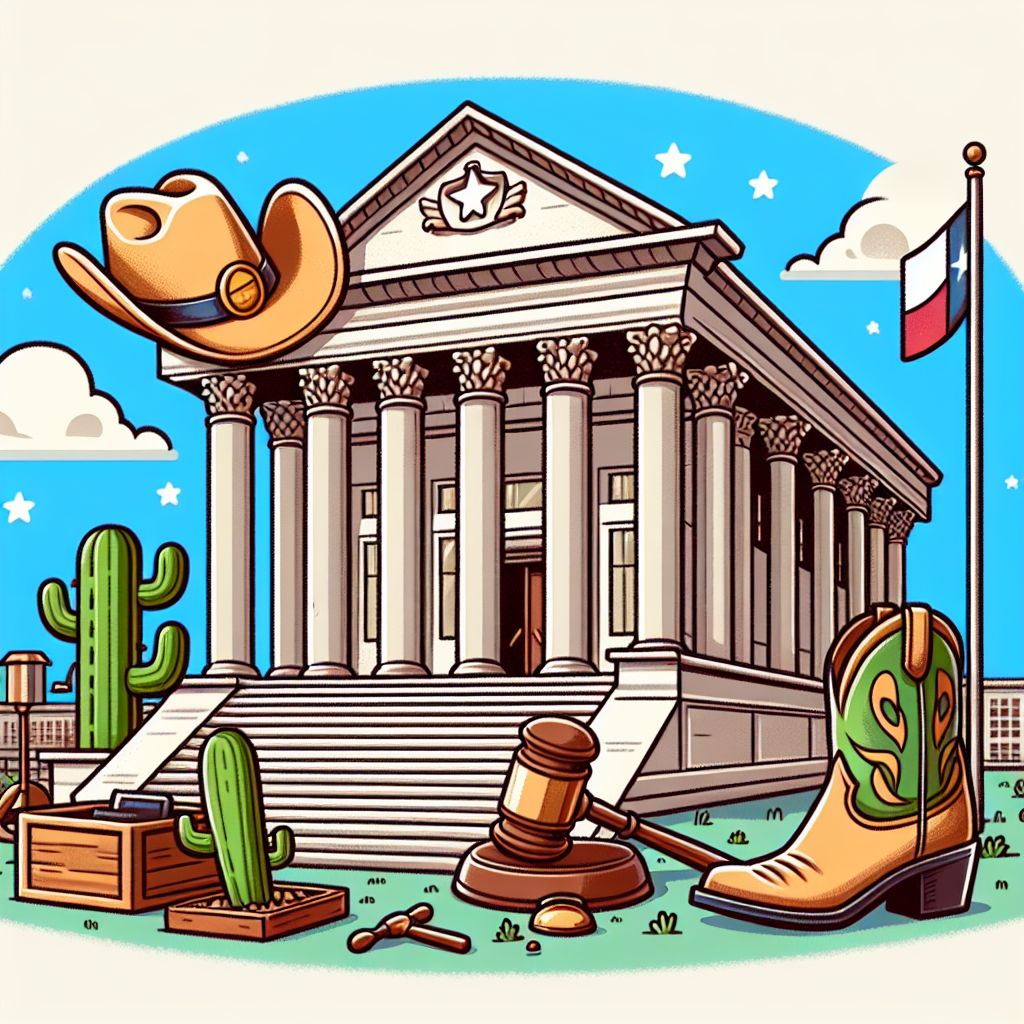Supreme Court Ruling Shakes Regulatory Landscape
The Supreme Court's recent decision overturns the Chevron doctrine, complicating efforts by executive branch agencies to regulate various sectors. This judgment disrupts decades of administrative law, transferring interpretative power from federal agencies to the judiciary. Conservative critics argue the move limits government overreach, while others warn of diminished regulatory effectiveness.

- Country:
- United States
In a landmark ruling, the Supreme Court has dismantled the Chevron doctrine, a move that will complicate the regulatory efforts of executive branch agencies. This decision disrupts decades-long administrative law and shifts interpretative power from federal agencies to the judiciary.
Most affected by the ruling are areas involving the environment, public health, and workplace safety. Critics, primarily conservative, argue that this change will curb government overreach. However, many warn that such a shift could impede the government's ability to address significant issues like climate change and public health crises.
With the court's 6-3 ruling, questions arise about how federal regulations will adapt, given the newfound judicial skepticism. The ruling brings to light the ongoing debate between executive power and judicial oversight.
(This story has not been edited by Devdiscourse staff and is auto-generated from a syndicated feed.)
ALSO READ
India's Push for Clean Cooking: A Public Health Imperative
AI chatbots show promise in public health emergencies, but ethical gaps remain
The Controversial Overhaul of SAMHSA: A Threat to U.S. Public Health?
World Bank Approves $300M Loan to Improve Air Quality and Public Health in Punjab
Everyday Discrimination: A Public Health Crisis Impacting Mental Health










